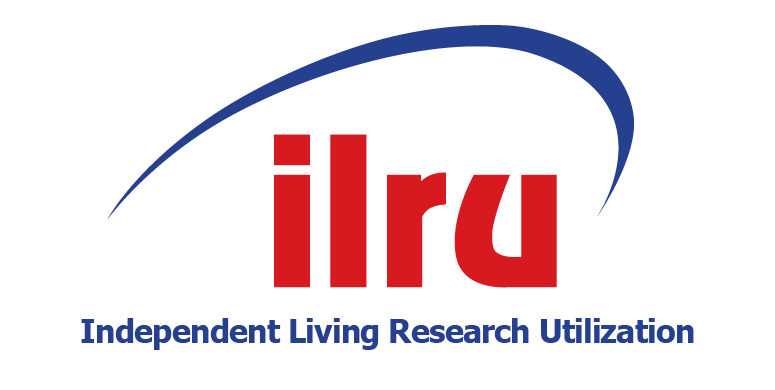About the Training
Most of us care deeply about the diversity of our consumers and ensuring that we are reaching everyone in our communities that could benefit from IL services and programs. But it can be very difficult to determine who you aren’t serving. Data mining and community mapping can paint a more complete picture of your community – where are the people with disabilities, who are you serving and who are you missing. Who has the time and expertise to go through census data though, right?
During the training you will learn how one CIL connected with a university to get exactly the data they needed to improve their outreach and programs. Presenters will also share how you can take the mystery out of data mining to begin to find and analyze data from common, publicly available sources.
Target Audience
Executive directors, program managers, and staff interested in disability statistics.
Learning Objectives
Upon completion of this training, participants will have knowledge and resources that will enable them to:
- Explain the nature and value of disability statistics relevant to centers’ goals and priorities around issues of diversity and inclusion.
- Describe how to find and gauge the quality of data sources that can provide centers with relevant local data.
- Identify ways to analyze data when Centers cannot find the community-level information they are seeking.
- Identify strategies that broaden centers’ scope and use of data through shared examples that include key areas such as education, employment, transportation, health care access, and housing.
View the Training: https://zoom.us/recording/share/xIvmLEGTK-GiJO6OK_PdPoTRt9HrHu0NQzRQuzwClSCwIumekTziMw%20
Transcript and Resources
- View the PowerPoint (pdf)
- View the Transcript (docx)

